Income In NYC: Poverty Being A Source Of Inspiration.
The term ‘Poor’ means “lacking sufficient money to live at a standard considered comfortable or normal in a society”, illustrating the lives of many college students in New York City. The topic ‘poverty’ should be more carefully used and appreciated because being poor usually tends to be variable of motivation for many students. According to ‘Mayor de Blasio Announces New York City Poverty Rate Hits Historic Low’ it states, “Mayor de Blasio this week announced the federal poverty rate for New York City has dropped to a historic low. According to the 2018 American Community Survey, the poverty rate for New York City fell to 17.3% in 2018, a 3.6 percentage point drop since 2013 and the lowest rate recorded since the American Community Survey was released in 2006”. Exposing the fact that life has been difficult for those who are trying to overcome poverty, and turn their lives around by trying to go to college. Although poverty is looked upon in a negative perspective by society, it also motivates individuals to “persue their goals because they want better for their future selves and or future family” which we can see playing out in community colleges in New York City. My map will cover poverty in the past ten years in New York, which community college has the most enrolled students, least enrolled students and also the poorest neighborhood in New York City.

Poverty has been looked upon negatively for many years. But for a lot of people is due to society, they blame society for looking at them with shame and suppressing them to be less of what they are instead of encouraging them to do better or dream bigger. According to ‘Why Poverty Is Not A Personal Choice, But A Reflection Of Society’ author Shervin Assari states, “In fact, poverty and other social miseries are in large part due to social structure, which is how society functions at a macro level. Some societal issues, such as racism, sexism and segregation, constantly cause disparities in education, employment and income for marginalized groups. The majority group naturally has a head start, relative to groups that deal with a wide range of societal barriers on a daily basis.” (Assari, Shervin). Indicating that if society got together as a community and not shame those who have a lower income than the upper class, things would be different. When society shapes the lower class with a negative perspective, or label them as people who will do no different, the people around them will too. Especially for the kids that are growing, and they will grow up to do the same, and it would not be any different.
Poverty frequently functions as a cause of motivation or as a need to be determine. A large portion of the low income families or the poor tend to come from another background, so when they come to any of the five boroughs within New York City (The Bronx, Brooklyn, Manhattan, Queens or Staten island) they have a different perspective. A perspective of opportunity. According to ‘Hard Work and Motivation’ it states, “The NPR/Kaiser/Kennedy School poll, in fact, showed that 52 percent of the American public believed that lack of motivation was a major cause of poverty; another 35 percent believed it was a minor cause of poverty. Differences in response by poverty statues were surprisingly small. Most Americans, including the poor, said they strongly believe that America is a land of opportunity. Their responses suggest they believe that motivation and hard work can pull people out of poverty, regardless of their background.” Illustrating that a very low percentage of the population sees poverty as a deficiency of lacking their individual education. Meaning that having a low income should not interfere with your motivation for going to school and obtain a title. Also exposing the fact that being poor may affect your focus level of pursuing your dreams but if you work hard for your dream career and stay loyal to it, your background or where you come from or how bad it is, you can still persue your dreams just like everyone else.

For whose who let poverty be a source of motivation and continue their education at college, tend to go to a community college in New York City. According to ‘The City Of New York’ the community college with the most attending students go to, Borough of Manhattan College (B.M.C.C.). But the least attending community college students go to in New York City and Guttman. And in between is Kingsborough Community College, Kingsborough Community College, Bronx Community College, and Hostos Community College. On the other hand, the borough with the lowest income or the poorest is ‘The Bronx’ and the wealthiest borough is ‘Manhattan’.

In Conclusion, students who tend me be in a low income household have the same opportunities as everyone else if they commit to staying focus. In addition the term “poverty” should be a label for them. But, that is how a lot of people label them, as poor. but, without knowing what is behind the word poverty. Everyone has their own definition for ‘being poor’ or poor. For many is clearly a sense of motivation but on the other hand it’s a curse. You choose.
Works Cited:
- “Colleges & Schools.” The City University of New York, https://www.cuny.edu/about/colleges-schools/.
- “Mayor De Blasio Announces New York City Poverty Rate Hits Historic Low.” The Official Website of the City of New York, The Official Website of the City of New York, 1 Oct. 2019, https://www1.nyc.gov/office-of-the-mayor/news/449-19/mayor-de-blasio-new-york-city-poverty-rate-hits-historic-low
- Scholarships.com. “The Pros & Cons of Community Colleges.” Scholarships for College Free College Scholarship Search 2019-2020, Scholarships.com, 1998, https://www.scholarships.com/resources/college-prep/choosing-the-right-school/the-pros-and-cons-of-community-colleges/.
- Zimmerman, Alex, et al. “New York City Touts Record Number of Students Heading to College.” Chalkbeat, New York Topics, 26 Nov. 2018, https://chalkbeat.org/posts/ny/2018/11/26/new-york-city-touts-record-number-of-students-heading-to-college/.


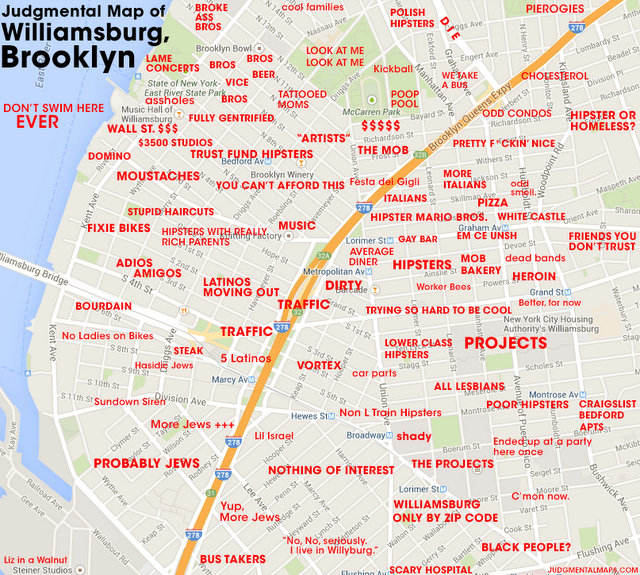
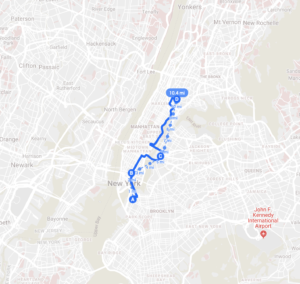
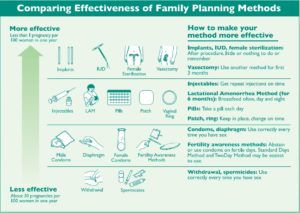
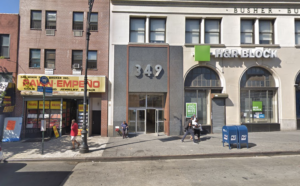
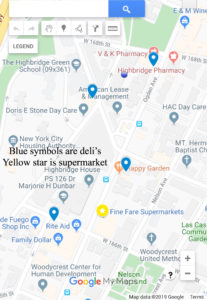
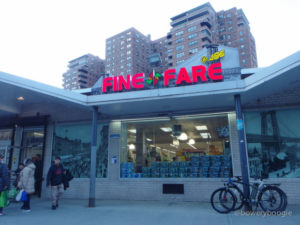
 To conclude this essay, it is an awesome idea that they have made an attempt to change the problem of New Yorker’s in poverty, but it doesn’t necessarily mean that residents will follow the plan and start eating healthy. They have gotten used to eating from bodegas that the idea of trying new things doesn’t seem so good. The prices would have to be close to what they are used to spending if not they won’t buy it. The distance should be close to their homes so they don’t have to travel far. I have experienced these problems as well, at times I find myself going the closest store to get food for me and my kids. The one supermarket from my house is called
To conclude this essay, it is an awesome idea that they have made an attempt to change the problem of New Yorker’s in poverty, but it doesn’t necessarily mean that residents will follow the plan and start eating healthy. They have gotten used to eating from bodegas that the idea of trying new things doesn’t seem so good. The prices would have to be close to what they are used to spending if not they won’t buy it. The distance should be close to their homes so they don’t have to travel far. I have experienced these problems as well, at times I find myself going the closest store to get food for me and my kids. The one supermarket from my house is called 
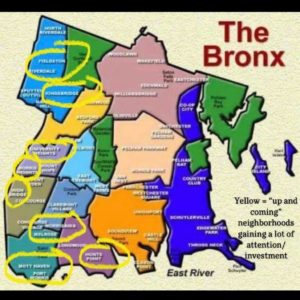
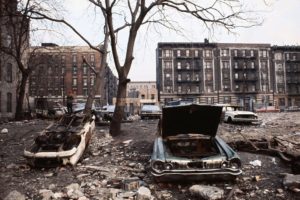 Below is a photo of what the borough once was, an eerie image of debris and abandonment. From this rubble emerged the soul of The Bronx; from this unsightly war zone rose a resilient people. Creativity thrived where opportunity was missing and this is the backbone of Bronx culture; to make something outstanding and groundbreaking out of absolutely nothing. It is this resilience and perseverance that cannot be mimicked by new developers and outsiders hoping to claim this land as their own. If the people of The Bronx are forced to leave its streets, the culture and authenticity of this borough will surely be taken with them.
Below is a photo of what the borough once was, an eerie image of debris and abandonment. From this rubble emerged the soul of The Bronx; from this unsightly war zone rose a resilient people. Creativity thrived where opportunity was missing and this is the backbone of Bronx culture; to make something outstanding and groundbreaking out of absolutely nothing. It is this resilience and perseverance that cannot be mimicked by new developers and outsiders hoping to claim this land as their own. If the people of The Bronx are forced to leave its streets, the culture and authenticity of this borough will surely be taken with them.
